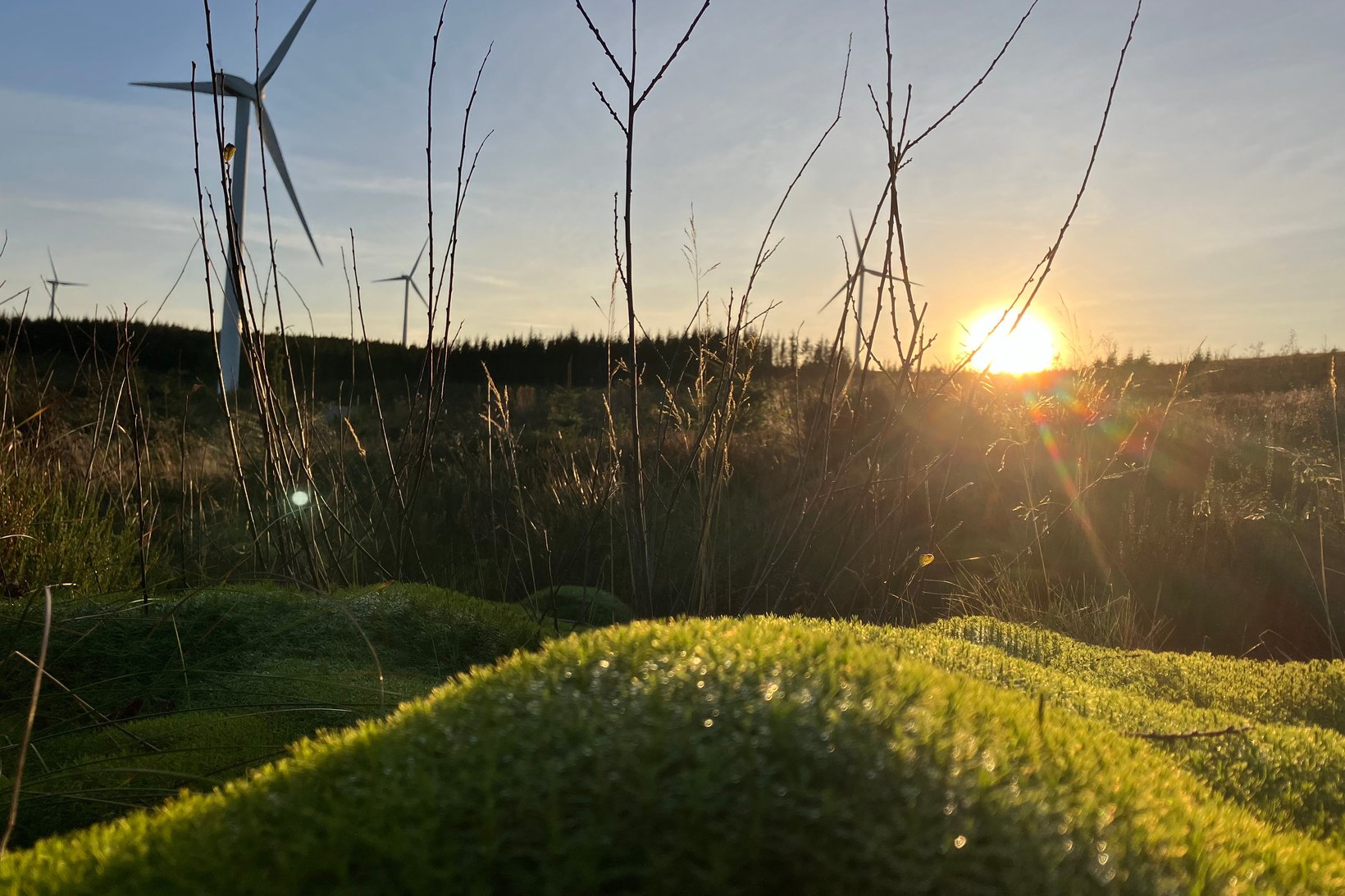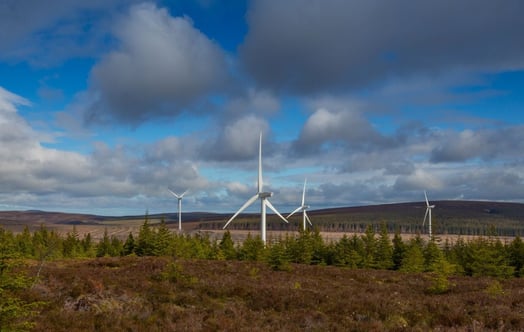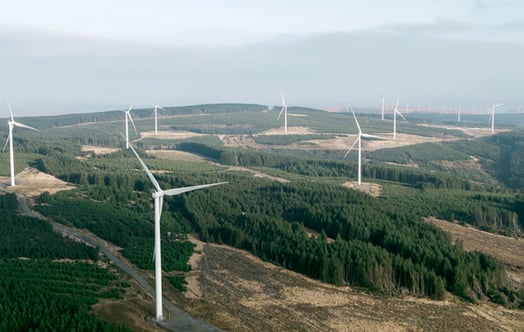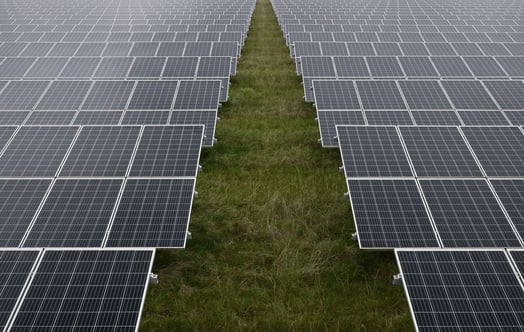
Using wind farms to repair the wilderness. Moorland restoration at Clashindarroch to enhance biodiversity
Moorland and peatland play a crucial role in addressing both the climate emergency and biodiversity crisis. These ecosystems are renowned for their ability to store carbon, improve water quality, and can reduce the severity of flooding, as well as being home to hundreds of fragile species of plant and insect life. However, before the value of peat was fully understood, commercial forestry practices led to the planting of Sitka Spruce on peatland across the United Kingdom for timber production.
Vattenfall, the owner and operator of Clashindarroch Wind Farm, has embarked on an important environmental initiative aimed at restoring moorland and peatland habitats. This project is part of a broader Habitat Management Plan (HMP) and involves transforming areas previously under commercial conifer plantations back into thriving moorland ecosystems.

The restoration project around Clashindarroch Wind Farm aims to reverse this process by restoring recently felled commercial forest back to peat bog and maintaining open moorland. The project also involves planting native broadleaf trees which will bring benefits for local wildlife including insects, birds, and small mammals.
Vattenfall has been working closely with the owner of Clashindarroch Forest, Forestry and Land Scotland (FLS) to ensure that their Habitat Management Plan is aligned with future plans for the forest. A habitat management group has also been formed comprising of FLS, Aberdeenshire Council, Scottish Environment Protection Agency (SEPA), and RSPB, which oversees progress and ongoing actions.
Restoration work includes measures such as ditch blocking and tree stump flipping in bog restoration areas, along with controlling Sitka regeneration. These efforts are expected to transform the area into an actively peat-forming and carbon-storing habitat, supporting a wider range of species compared to dense Sitka plantations.
Species likely to benefit from the restoration include open moorland bird species like skylark, meadow pipit, stonechat, and wheatear, as well as woodland/scrub bird species like willow warbler, tree pipit, and redpoll. Increased vole numbers in open areas will provide prey for pine martens and Scottish Wildcats – for whom Vattenfall has developed additional protection plans, while plant species such as Sphagnum moss, heathers, blaeberry, cowberry, and sedges like cotton grass will thrive.
Vattenfall monitors vegetation and bird populations at the site every three years to track progress and ensure the long-term preservation of restored habitats. The project has already demonstrated significant success. Since the wind farm’s construction in 2015, the amount of new growth of vegetation like Sphagnum moss in bog habitats has almost doubled from 54% of monitoring plots to 100%. In addition, regrowth of vegetation around newly created moorland areas has been substantial with a more than doubling of monitoring plots, from 46% to 93%, showing minimal or no bare ground since the felling of commercial forestry1.
Vattenfall's commitment to restoring peatland habitats extends beyond Clashindarroch, with similar efforts well underway at Pen y Cymoedd Wind Farm in South Wales where approximately 1,500 hectares of commercial conifer plantations are being restored to their former status as carbon sinks.
Wind farm developments are not only playing their part in protecting the climate by producing renewable energy, but also through initiatives like this, they are able to help protect and enhance the natural environment.
Ends
1. Further information around monitoring
Monitoring is quadrat based (a grid of 2x2m squares) across each of the habitat types, to sample vegetation and physical attributes which allow Vattenfall to assess the habitat condition.
In the restored bog habitats, there are two useful attributes to demonstrate vegetation regrowth:
percentage of quadrats containing less than 10% bare ground: In 2015 this was only 4% of quadrats; in 2023 it had risen to 96%.
percentage of quadrats where eroding peat is less than stable peat and new growth of bog vegetation: In 2015 54%; in 2023 100%.
In the new moorland areas created by felling there is also the less than 10% bare ground attribute: in 2015 this was 46%; in 2023 it had risen to 93%.



